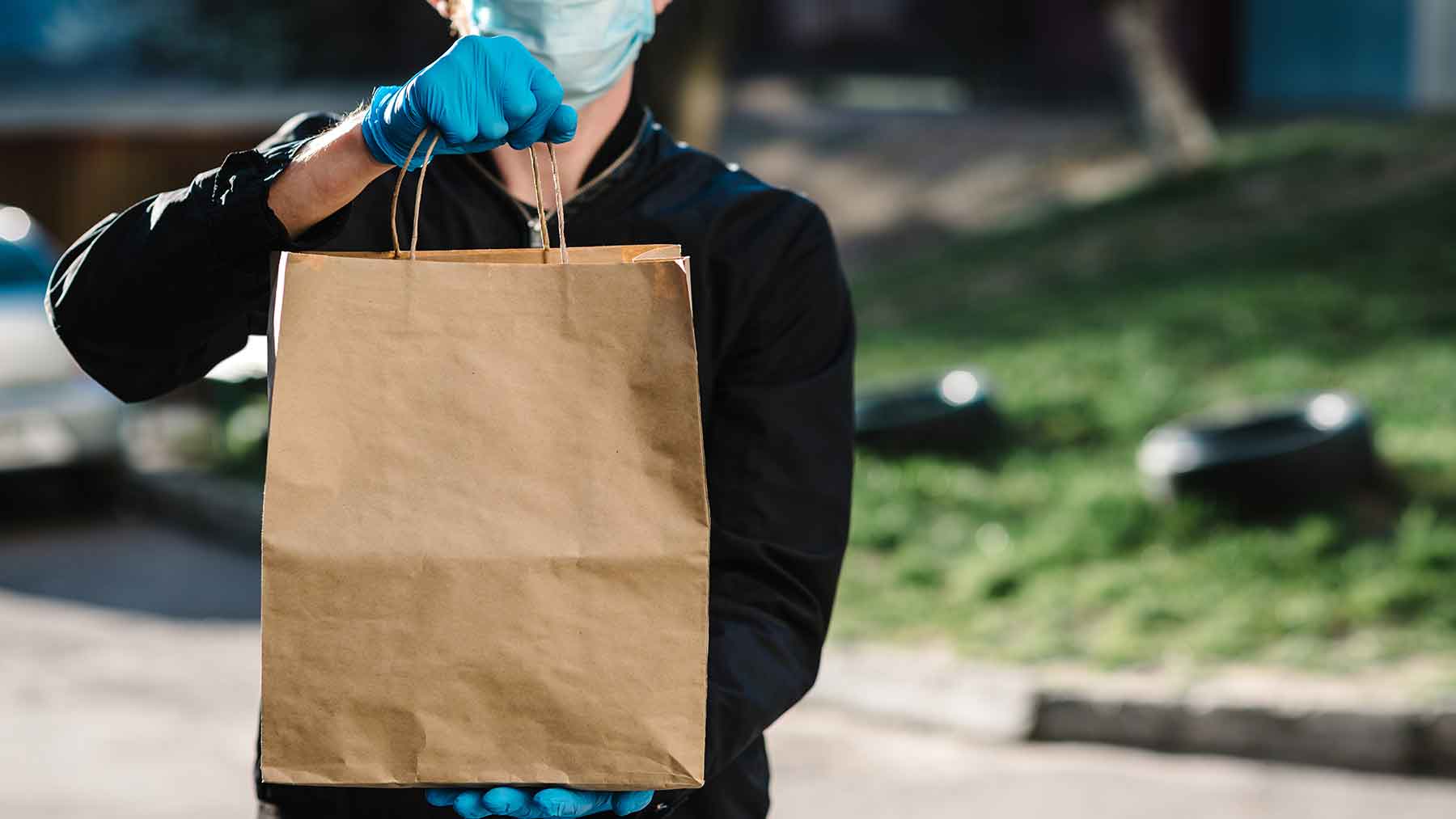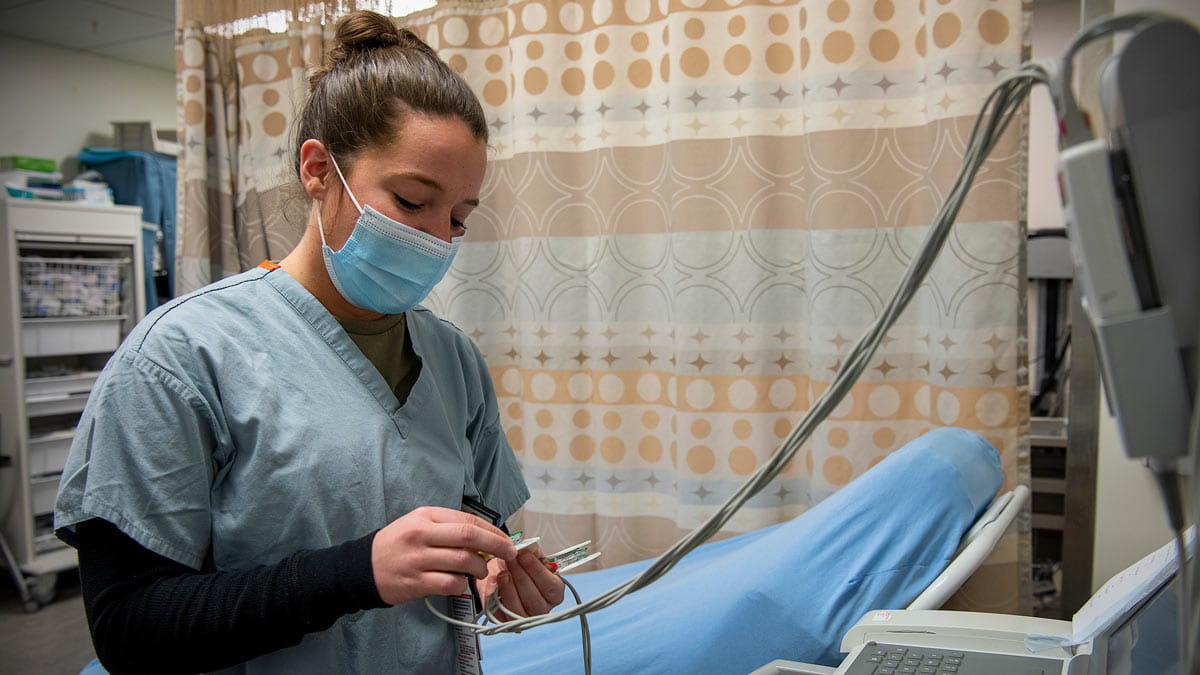Ordering takeout? Here’s how to eat safely and stay healthy

For many of us, sheltering in place during the COVID-19 outbreak has also meant ordering in meals from our favorite restaurants. We’re picking up freshly prepared feasts and summoning the pizza delivery driver and, sometimes, ordering way more than we need.
So how can we make sure we’re safely eating this food and properly storing the leftovers? And how can we ensure that our takeout and delivery meals aren’t spoiling our diets?
Here are guidelines you can follow during this outbreak and beyond to keep yourself and your family safe and healthy.
What’s the longest you should wait to consume carryout food?
It’s important to ensure foods are not kept in the “Danger Zone” for prolonged periods of time. The Danger Zone refers to temperatures between 40 and 140 degrees Fahrenheit, the ideal temperature range for bacteria to thrive and rapidly grow. The U.S. Department of Agriculture recommends that prepared or refrigerated foods be left out for no more than two hours and, if outside at temperatures of greater than 90 degrees, food should be refrigerated within one hour.
Can or should you save carryout leftovers?
You can absolutely save carryout leftovers as long as refrigeration guidelines are followed to avoid the Danger Zone. Keep in mind that some foods, mainly greens, will often lose quality and become wilted or soggy if they’re in contact with a dressing or sauce.
If you do refrigerate your leftovers, how soon do you need to eat them?
Leftovers should be consumed no more than four days after they’re prepared and should always be stored in the refrigerator and kept at proper temperatures—at or below 40 degrees—while they’re stored. Also, leftovers should always be heated until steaming hot throughout at an internal temperature of 165 degrees.
Do you recommend freezing carryout food?
Yes. Many foods can be frozen and consumed at a later date and most foods freeze very well. However, there are some foods that will lose quality if they’re frozen. These include raw salads or raw greens, cooked egg whites, fried foods, cucumbers, raw celery, raw tomato, hard-boiled eggs, sour cream and mayonnaise-based salads.
It’s important to safely thaw frozen meats, and there’re three ways to do it: using your microwave defrost setting, putting the meat under cool running water or thawing in your refrigerator. For optimum food safety, frozen foods should never be thawed on the counter at room temperature. Additionally, any leftovers reheated from the freezer should be cooked thoroughly until hot throughout, with an internal temperature of 165 degrees.
Are there some carryout options that are likely to be safer than others? How closely should you inspect before digging in?
Carryout items should all be safe from restaurants as they’re mandated to follow the USDA safety guidelines. However, if you notice visible molding, signs of spoilage (discoloration, slimy meats) or if your food or beverage tastes or smells off, it would be best to avoid consuming it.
What are some ways to eat healthy while ordering out?
You can eat healthy while ordering out, but it might require some effort on your part. Here are some tips:
- The “balanced plate” method of eating is a great model to follow: half of your plate should be produce or vegetables, 1/4 of it lean meat and 1/4 whole grains.
- Seek out vegetable options as side dishes. If you’re ordering a pizza or pasta dishes, add a salad to balance the meal.
- Add extra portions of vegetables to pasta dishes, sandwiches, pizzas and stir-fry.
- Choose grilled or baked foods vs. deep-fried.
- Opt for lean meats such as chicken or fish. Or try a meatless meal with a plant protein such as tofu, beans, lentils or falafel once a week.
- Choose whole grains such as quinoa, brown rice or whole wheat pasta in place of white rice or pasta.
- Branch out and try different ethnic cuisines such as Indian, Mediterranean and others that offer a variety of vegetable-heavy options.
Katie Mitchell is a clinical dietitian at the James Cancer Hospital and Solove Research Institute.




